Years ago a colleague named Owen Kubik sent me an enigmatic manuscript. After considerable headscratching I determined it was the journal of a young naval officer sent to the Pacific to capture a sociopath who had committed murder and mutiny on the whaleship Globe. We sold it to the New Bedford Whaling Museum, and felt quite pleased with ourselves.
Then it occurred to me that this manuscript would be an excellent frame for a new non-fiction book about the gory events aboard the Globe. Owing to the unexpected success of Philbrick's In the Heart of the Sea, there was a bull market for maritime non-fiction books that year. I wrote a cracking good proposal and sent it off to my agent. She loved it, and several publishers loved it (because it closely resembled a book that had already proved to be successful) but there was a catch.
Another writer had already sold a proposal for a book about the Globe, and he was being represented by the same agency that represented me. The idea of the same agency representing two competing authors writing about the same thing created a minor scandal in the publishing world. Many people considered it unethical. My agent, God bless her, didn't care what anyone else thought. She was young and brave, and had her eyes on the future. She sold my proposal to Little, Brown for $150,000.
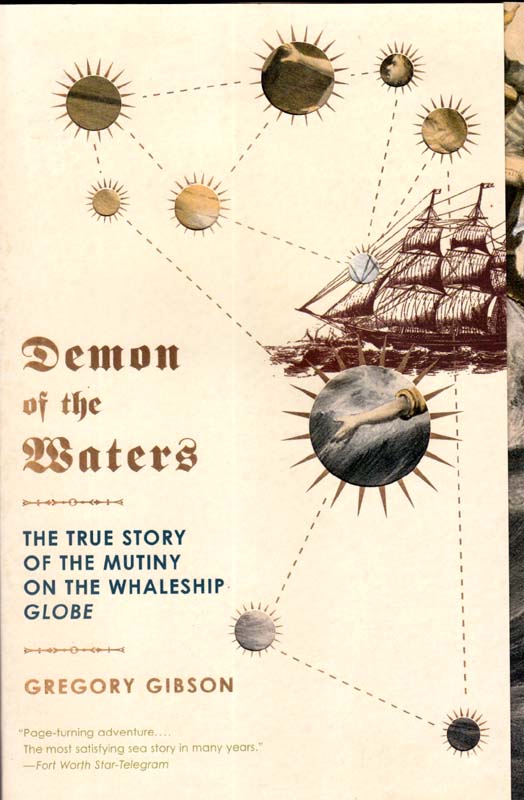 The resulting book, Demon of the Waters, came out at about the same time as the other fellow's book and, to everyone's considerable surprise, the two books demolished one another. Despite author tours, advertising, and good reviews everywhere (including The New York Times) sales were terrible. Demon of the Waters did not come close to “earning out” - selling sufficient copies to pay the publisher back for the advance they'd given me. My competitor, who was rumored to have signed for even more than I got, didn't do any better. Our books faded into obscurity or, as I prefer to put it, they turned into "Used Books of the Future." You can find used copies of my book, and his, by the hundreds - literally! - on Internet used book sites. Sadly, Little, Brown lost tens of thousands of dollars on me. The editor who bought my proposal lost her job.
The resulting book, Demon of the Waters, came out at about the same time as the other fellow's book and, to everyone's considerable surprise, the two books demolished one another. Despite author tours, advertising, and good reviews everywhere (including The New York Times) sales were terrible. Demon of the Waters did not come close to “earning out” - selling sufficient copies to pay the publisher back for the advance they'd given me. My competitor, who was rumored to have signed for even more than I got, didn't do any better. Our books faded into obscurity or, as I prefer to put it, they turned into "Used Books of the Future." You can find used copies of my book, and his, by the hundreds - literally! - on Internet used book sites. Sadly, Little, Brown lost tens of thousands of dollars on me. The editor who bought my proposal lost her job.
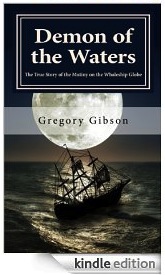 Time passed. One day last winter my agent asked me if I wanted to turn Demon into an e-book. The book was out of print and the rights had reverted to me, so I dug up a digital copy of what I thought might have been the final text, and sent it off. Amazon made a computer generated “cover” (the Big A disdains all things literary. For the past decade their home page and its content have been 100% computer generated) for the Kindle version, and I forgot about the whole silly business.
Time passed. One day last winter my agent asked me if I wanted to turn Demon into an e-book. The book was out of print and the rights had reverted to me, so I dug up a digital copy of what I thought might have been the final text, and sent it off. Amazon made a computer generated “cover” (the Big A disdains all things literary. For the past decade their home page and its content have been 100% computer generated) for the Kindle version, and I forgot about the whole silly business.
That is, until last week, when I received a royalty check for $33.19.
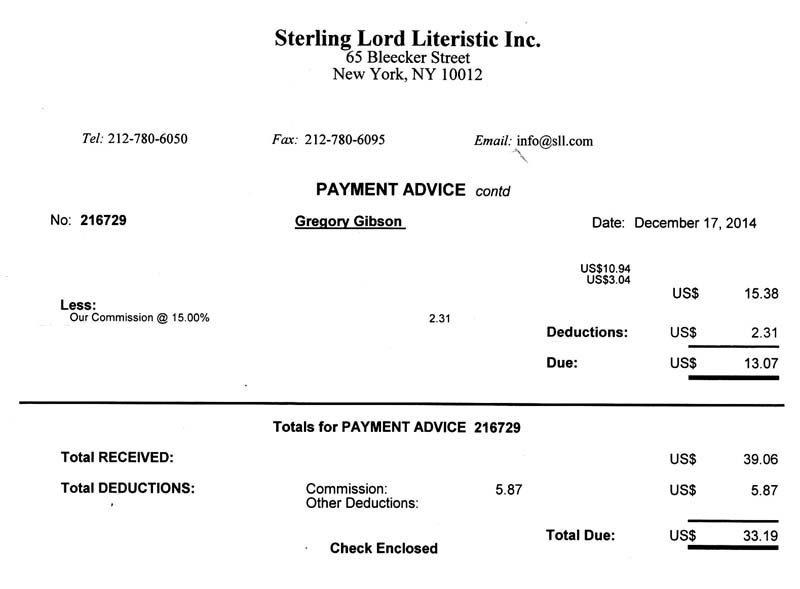
I reckon, after accounting for Amazon and agency deductions, the $3.99 Kindle version of Demon has sold something north of 150 copies since last spring. That was good for a Christmas chuckle, but then I realized what else that $33.19 meant.
There's Little, Brown, taking the initial financial risk, then spending additional money editing and publicizing a book on which they ultimately lost $100,000.
And there's Amazon, investing nothing and making a profit on that same book.
No wonder traditional publishers are scrambling.
***
Here's an interesting manuscript about a subject that turned into a non-fiction maritime book. The book has no reviews on Amazon, and does not exist as an eBook. It was most likely self-published. Maybe I should tell the author about the riches awaiting awaiting him if he Kindles it.

Manuscript. Log of the Clipper Ship John Milton. From Boston to San Francisco, and Callao to New Orleans, February 1855 to May 1856. Folio. Unpaginated, about 200 pages of manuscript entries. The "John Milton" was a medium clipper ship of 1444 tons built in Fairhaven, Mass. in 1855. The Captain on this voyage was an ex-whaling master named Edward McCleave. This journal was kept by first mate William Othwell (?) and since it was the "Milton's" maiden voyage, much attention was paid to how she handled and how much she leaked. She rounded the Horn about two months out, and made San Francsico 136 days after leaving Boston. There are good port entries in San Francisco, documenting cargo discharged, including coal, and ballast taken on. A list of discharged crew members suggests that the first mate, named with the rest of the crew at the beginning of the journal, was the keeper. (It was not the captain,since the journal keeper consistently spells his name incorrectly.) They took on ballast and a new crew (named) and then headed to Callao, and the Chincha Islands, where they discharged ballast and took on a cargo of guano. The account continues until early May, when they arrived at New Orleans. This is an interesting and informative clipper ship log which has added interest because of the "John Milton's" tragic end two years later - running aground in the winter off Montauk Point with the loss of all hands. The story of the wreck was told in a recent book, "They Were All Strangers: The Wreck of the John Milton at Montauk, New York." See also Howe and Matthews "American Clipper Ships" volume II, pp. 315 - 316. Bound in worn calf over marbled boards, which are detached but present. Writing is clear and legible. $1500
For more information, see the most-recent catalog from Ten Pound Island Book Company...
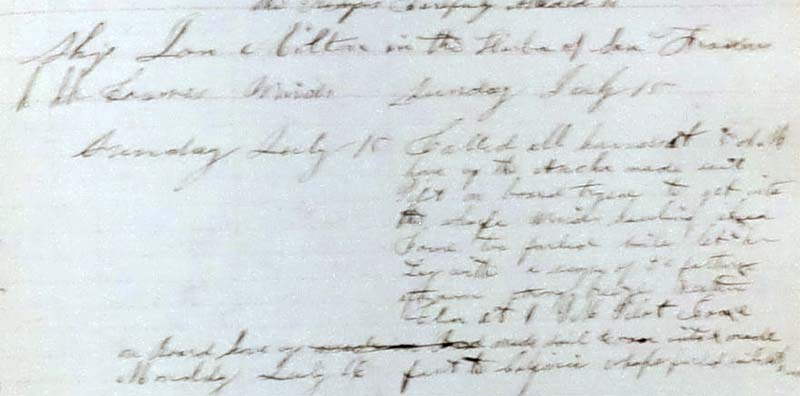


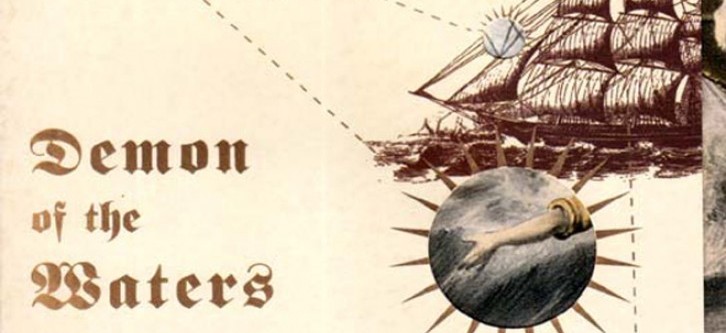

 Time passed. One day last winter my agent asked me if I wanted to turn Demon into an e-book. The book was out of print and the rights had reverted to me, so I dug up a digital copy of what I thought might have been the final text, and sent it off. Amazon made a computer generated “cover” (the Big A disdains all things literary. For the past decade their home page and its content have been 100% computer generated)
Time passed. One day last winter my agent asked me if I wanted to turn Demon into an e-book. The book was out of print and the rights had reverted to me, so I dug up a digital copy of what I thought might have been the final text, and sent it off. Amazon made a computer generated “cover” (the Big A disdains all things literary. For the past decade their home page and its content have been 100% computer generated) 

